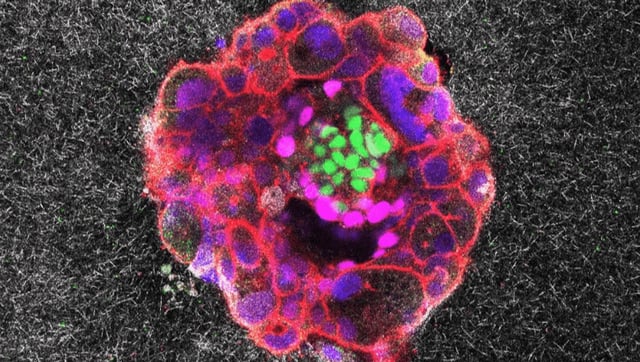Overview
- The IBEC–Dexeus team used an ex vivo collagen platform with fluorescence imaging and traction-force microscopy to record human implantation in 3D, as reported in Science Advances.
- Human blastocysts actively remodel their surroundings by exerting non-uniform, pulsatile traction, burrowing into the matrix and responding to external mechanical cues.
- Quantitatively, 72% of embryos attached and integrated in the 2D setup (penetrating up to 200 µm), while about 80% survived and invaded in the 3D configuration.
- Comparative tests found species-specific mechanics: humans penetrate and expand from within the tissue, whereas mouse embryos stay surface-bound as the lining folds around them.
- Researchers say these mechanics may inform infertility care given that implantation failure is linked to an estimated 60% of miscarriages, and they are developing theory to pinpoint early attachment factors.
